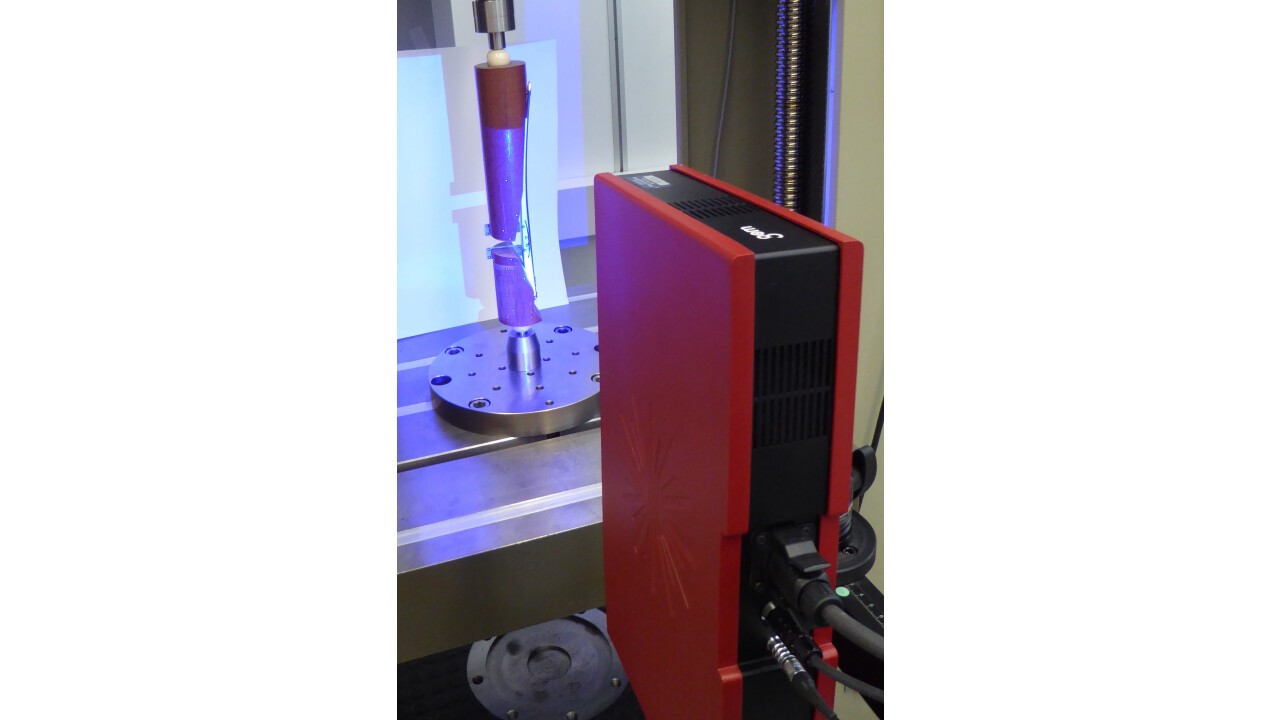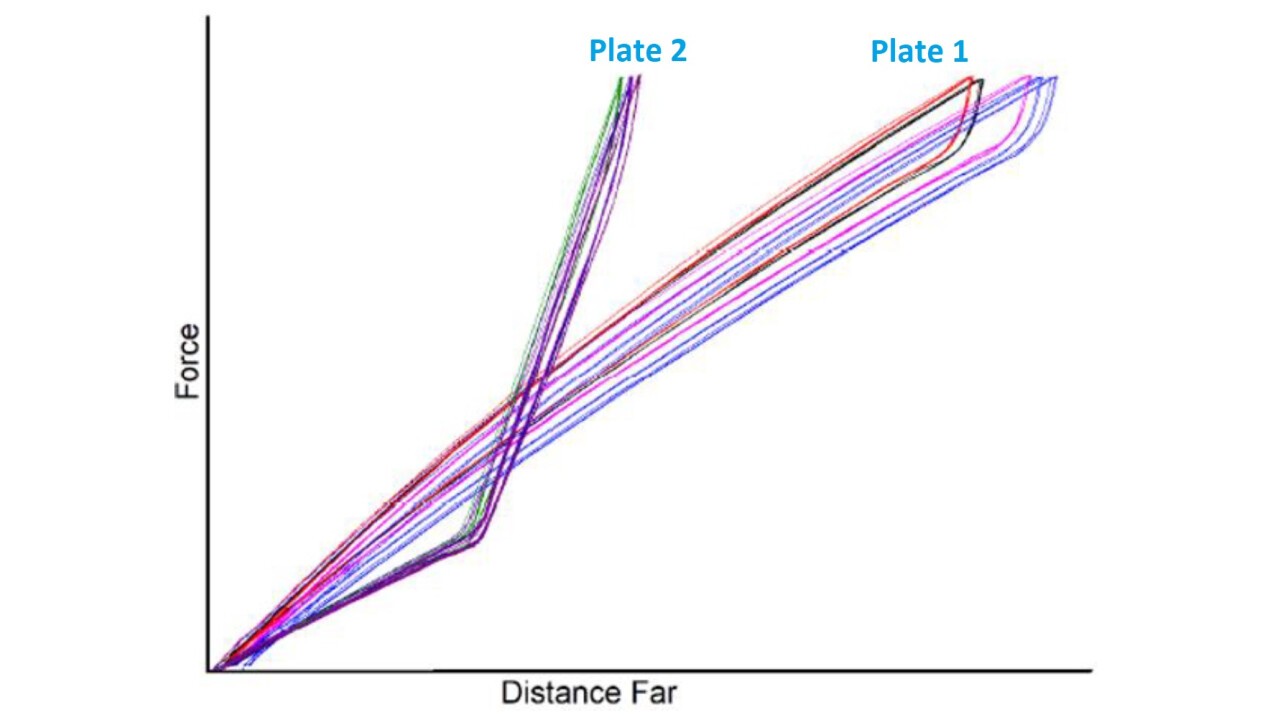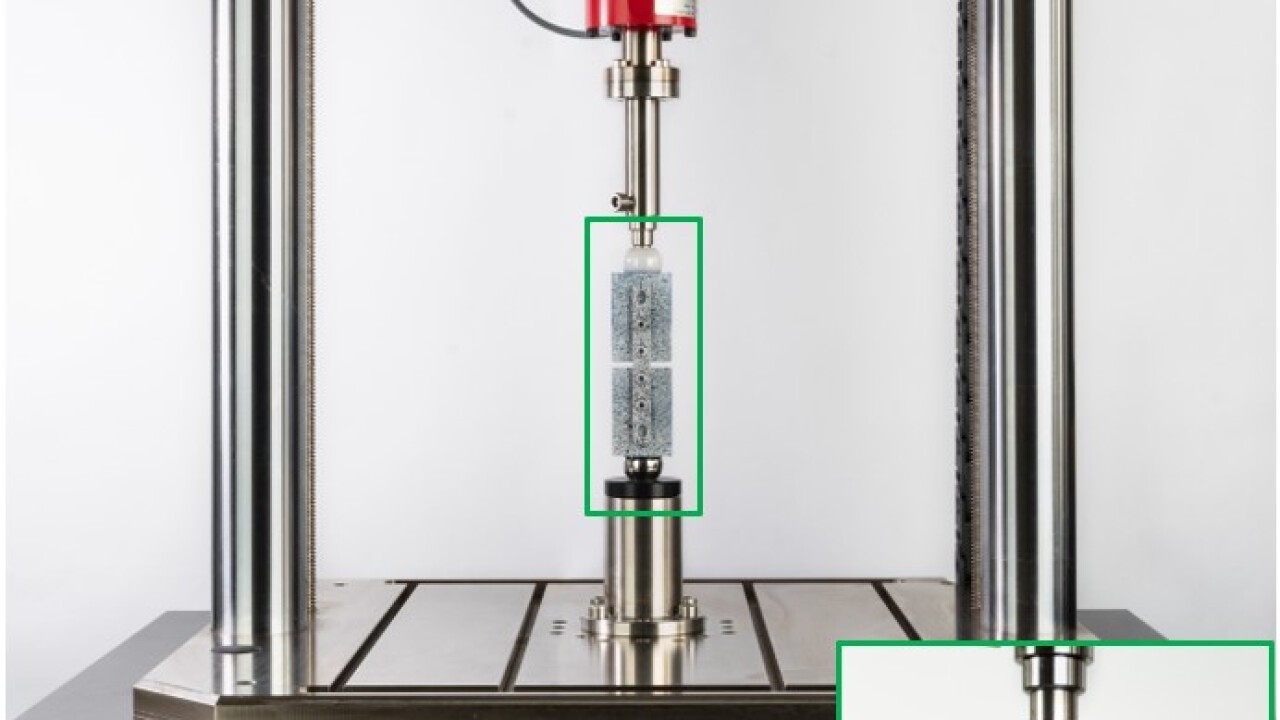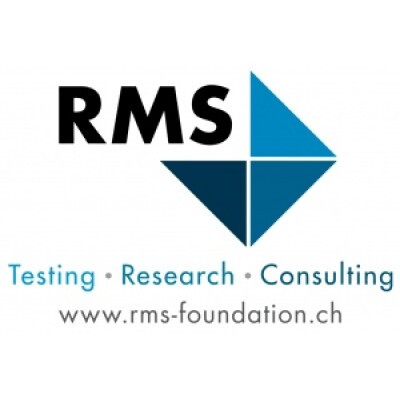Optical deformation measurement in static and dynamic tests
Sensors that provide information on displacement and acceleration are often used to characterise the movement of components. With a dynamic optical measurement system, such data can be obtained without contact and with relatively little effort.
Introduction
Mechanical tests on components using a testing machine generally provide only global information about the properties of the overall system. If precise positional data at individual points on the surface are also of interest, displacement and acceleration sensors are often installed at great experimental expense. The use of a dynamic optical measurement system for surface or point tracking (also known as Digital Image Correlation or DIC) can provide results quickly and efficiently.
Typical application
An important application of the method is the validation of finite element (FE) simulations. Unlike FE models, this measurement system provides real measured displacements with effective surface structures and boundary conditions corresponding to the experiment. Full-field displacement analyses can be generated, as well as less complex evaluations of individual points on the specimen surface.
Some examples
For a newly developed osteosynthesis plate*, a feature was implemented to provide two different stiffnesses of the plate depending on the applied load. The mechanical test is designed to measure how the two models of bone fragments behave under load (Figure 1). Using this method, the correlation between the applied load and the displacements at the fracture gap could be evaluated, and the different stiffnesses could be shown (Fig. 2).
However, the system can also be used for dynamic testing (Fig. 3). In combination with our electrodynamic testing machines, information on the behaviour of a specimen over many cycles can also be collected and evaluated.
Conclusion
By using optical measurement systems, information can be obtained during a static or dynamic test that provides valuable insight into the behaviour of the specimen under load. Use this non-contact measurement method to gain in-depth insight into the structural mechanics of your component or to validate simulation models.
*Biphasic Plate: AO product in collaboration with 41medical




